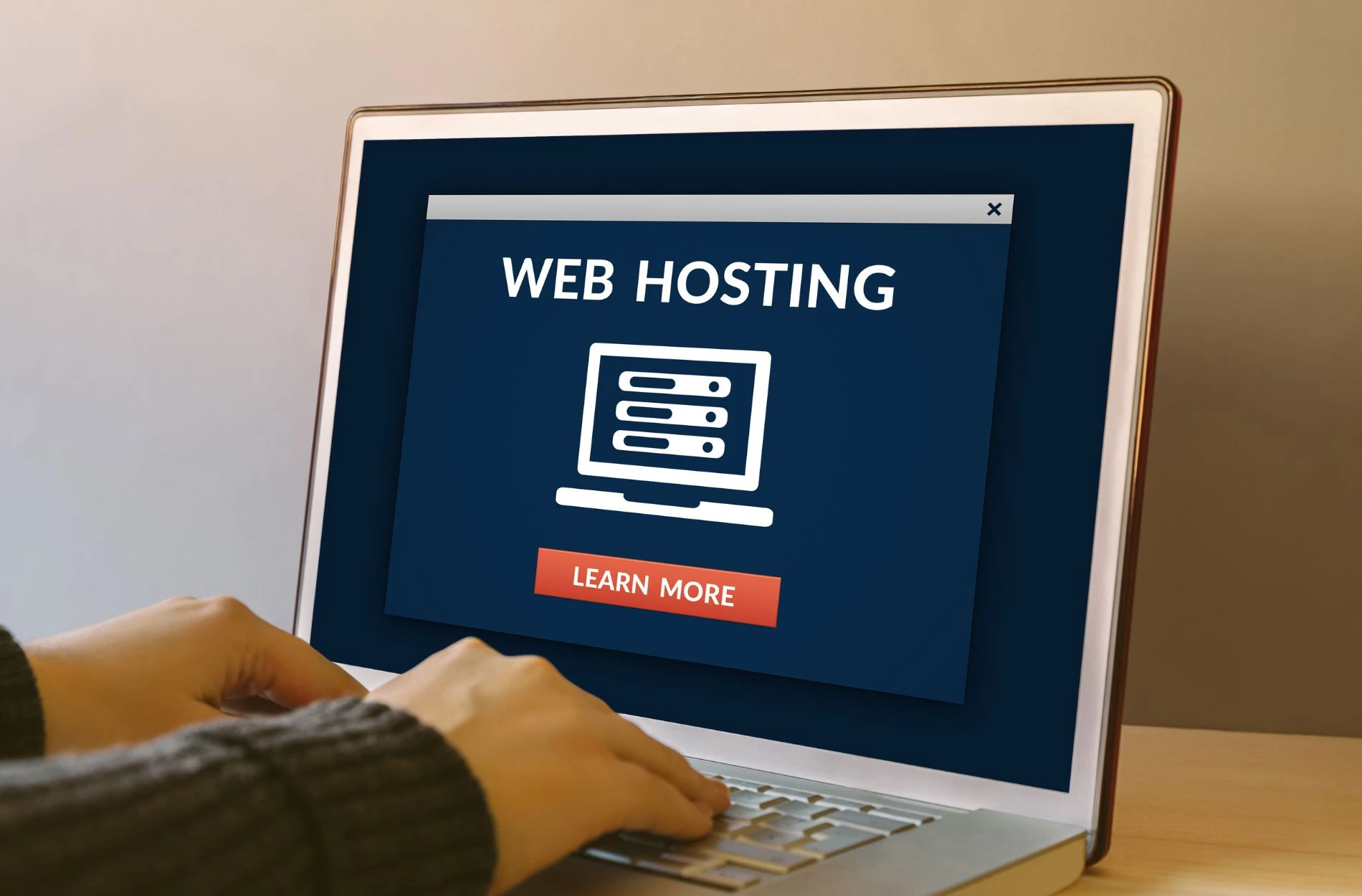Many website owners face challenges that affect how their site performs. Web hosting problems can cause slow loading times or even make your site go offline, leaving visitors frustrated. Understanding these issues and how to fix them can keep your site running smoothly.
Slow loading times can turn away visitors before they even see your content. Addressing this issue often involves optimizing server performance and ensuring you’re using the right resources. On the other hand, server crashes and unexpected downtime can hurt your website’s reliability, reducing trust among users.
Security is another big concern. Weak points in your system can expose your website to risks, endangering both your data and your users’ information. Knowing how to enhance your security measures will help keep threats at bay.
Understanding and solving these problems will help your website perform at its best.
Common Web Hosting Issues
1. Dealing with Slow Website Loading Times
Slow websites can be frustrating for visitors, leading them to leave before fully experiencing your content. Speed is crucial, and there are several easy ways to ensure your site loads quickly. First, check your hosting provider. Sometimes, cheap hosting plans come with slower speeds. Upgrading to a better plan can make a huge difference.
Images are major culprits in slowing down websites. Make sure to compress your images without losing quality. Tools like TinyPNG or ImageOptim work well for this. Switch to efficient image file formats such as JPEG for photos and PNG for graphics that need transparency.
Another factor is your website code. Clean it up to improve load times. Remove unnecessary spaces, commas, and unused code. Also, combine multiple CSS and JavaScript files into single files to reduce the number of server requests.
To further boost speed, enable browser caching. This allows repeat visitors to load your website faster by storing some files locally in their browser. Finally, monitor plugins on your site and keep only the ones that are necessary. Excessive plugins can lead to slower load times. With these steps, you can enhance your website’s performance and retain more visitors.
2. Tackling Downtime and Server Crashes
Website downtime can seriously affect your credibility and result in loss of visitors. Preventing server crashes and downtime is essential for keeping your site up and running smoothly. Start by choosing a reliable hosting provider known for good uptime. Providers with excellent support can quickly address issues, minimizing downtime.
Monitor your website’s performance regularly. Tools are available that alert you when your site goes down. Timely alerts enable you to address issues quickly before they impact your audience.
Server overload is another common cause of downtime. If your site traffic grows, your server might struggle to handle the load. Consider scalable hosting solutions that grow with your website to prevent these issues. Using a Content Delivery Network (CDN) can also help manage traffic spikes by distributing load across multiple servers.
Back up your website frequently. Regular backups ensure you have a recent copy of your site if something goes wrong, which helps restore functionality quickly. Consider using uptime guarantee services offered by many hosting companies, which can compensate for unexpected downtime.
By addressing these elements, you can significantly reduce downtime and ensure a smooth experience for users visiting your site.
3. Resolving Security Vulnerabilities
Keeping your website secure is crucial to protect your data and your visitors’ information. Security vulnerabilities can lead to severe consequences, such as data breaches or site hacks. To protect your WordPress site, there are several steps you can take to minimize security risks.
Firstly, use strong, unique passwords for your admin accounts and change them regularly. Password management tools can help generate and store these passwords securely. Next, ensure your WordPress core, plugins, and themes are always up-to-date. Developers release updates not just for new features, but also to fix security issues.
Consider installing a security plugin that provides an extra layer of protection. These plugins can scan for malware, block suspicious IP addresses, and even alert you to potential threats. Firewall rules and secure connections through SSL certificates also enhance your site’s security by safeguarding data transfer.
Lastly, conduct regular backups of your site. Having a recent backup means you can quickly restore your site if something goes wrong. It’s also a good practice to have monitoring in place to quickly detect and address unauthorized access or attacks. By following these practices, you ensure a safer environment for your users.
4. Addressing Limited Scalability Options
As your website grows, it should be able to handle increased traffic and data volume without performance issues. Limited scalability can lead to slow performance, increased downtime, and poor user experience, causing frustration for your visitors.
To address scalability, start with your hosting plan. Ensure it supports your growth by offering flexible resources like bandwidth, storage, and processing power. Options like cloud hosting are ideal as they allow you to scale resources dynamically based on demand.
Next, optimize your database by cleaning out old data, such as post revisions, spam comments, and unused drafts. Efficient database management improves speed and supports more user interactions without lag.
Implement caching mechanisms to reduce server load and speed up page delivery. Content caching frameworks like Redis or Memcached can handle more requests without server strain. Also, keep code clean and efficient to prevent unnecessary load on your server.
Embrace Content Delivery Networks (CDN) to distribute traffic and enhance site performance during high-traffic periods. CDNs help manage load effectively by serving content from the nearest data center, maintaining fast load times.
Conclusion
Handling website challenges efficiently is crucial for maintaining a smooth user experience. By focusing on resolving security vulnerabilities and addressing scalability issues, you ensure that your website remains robust and reliable as it grows. These practices safeguard both your site’s performance and security, aligning with your digital strategy.
Eight Hats offers exceptional support and expertise in web hosting in Lafayette. Whether you’re looking to improve security measures or expand your site’s capabilities, Eight Hats is here to assist.
Reach out today and discover how we can help elevate your website to meet its full potential!




